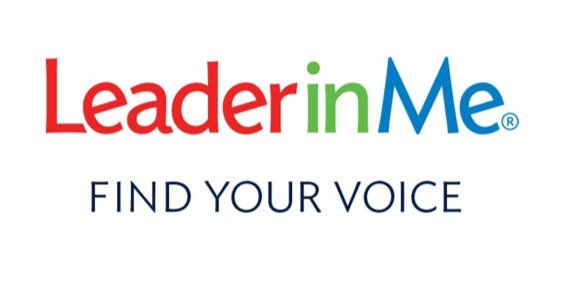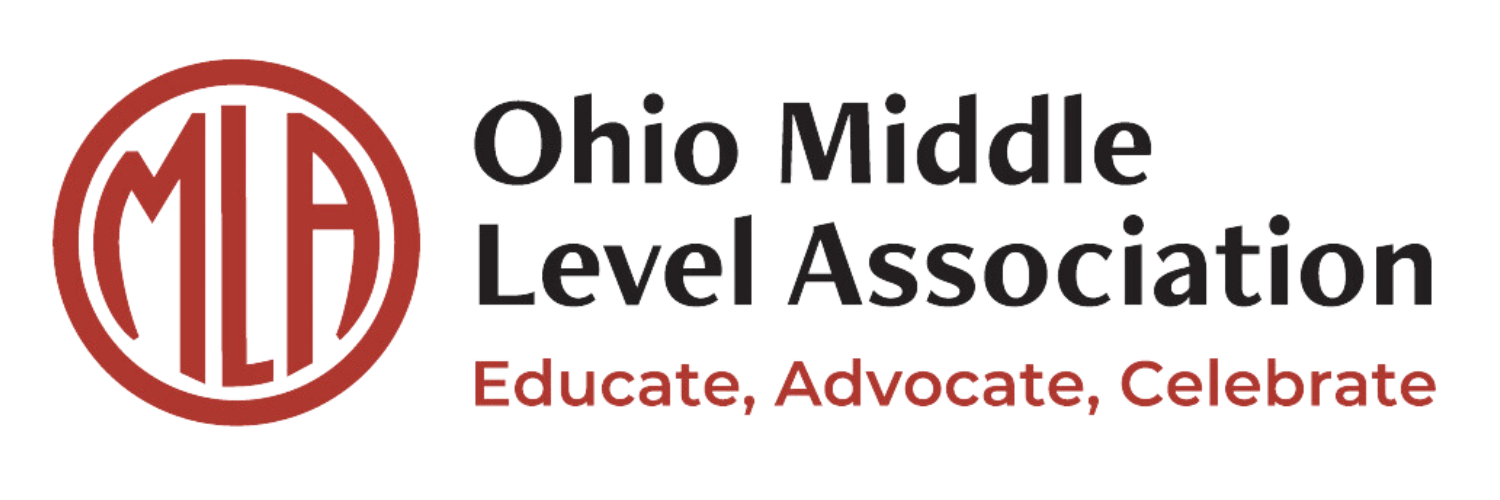Low-Prep, Highly-Effective Reading Strategy
Low-Prep, Highly-Effective Reading Strategy - By Stephanie Paul-Tiberio February 27, 2022

Low-Prep, Highly-Effective Reading Strategy
By Stephanie Paul-Tiberio
We are all looking for low-prep, highly effective lessons that meet students where they are in today's educational climate. Even better . . . something that works in person or remotely with ease and can be recycled from unit to unit and used in any discipline. Can I get an Amen? Well, that is easier said than done these days in light of the challenges we each face boldly with educators today. However, I think I have something great to share. Recently with a group of 7th grade students I teach in religion class at our Catholic school, I decided that less would be more. This lesson can be spread across a few days (on a 40 or so minute period) and would transfer well to Zoom utilizing breakout rooms. All you need is the text, a board/way to display, a timer, and index cards.
In a unit of study heavy in vocabulary, I decided to first have students read the text's chapter of content using a paired, interrupted reading strategy. It works well across content areas, but I will say it is a favorite of this former language arts teacher. Pair students intentionally for your objectives and allow students to get up; I instructed my students to stand as the chapter they did this with was quite short; they were able to pick their partners and location in the room which I find works well when I want students to truly engage in personal and fruitful conversations around their faith-life. As students read, you let them determine when to switch roles. This works well for readers who may not be as confident. Partner A begins reading and Partner B interrupts to make a comment, pose a question, (or do anything else you assign/scaffold) to engage around the content. I have seen this work well too, with Partner B pulling a prompt from a bag, rolling a dye keyed to a sentence or question stem, etc. Then, after the partners converse, Partner B restarts the process reading and Partner A is next to interrupt. Because students were able to speak freely, as I walked around I would encourage learners to utilize the vocabulary words naturally in discussion.
After it was clear that partners were finishing up, I started to formulate larger groupings in the room, paying attention that partners from the first half of the lesson were in different groups for the next portion. For this next phase, simply divide the text being read into sections; in this case, I utilized headings in the textbook. As I formulated groups, I differentiated which groups would work with which headings, the length of the reading, and level of difficulty of the content contained in those headings. Students did not know this was happening because while my co-teacher reviewed other content for class, I simply created a table outlining the assigned section or sections and group #s. In groups, for the rest of the period, students reviewed their assigned reading and generated questions to be used and passed from group to group (in a typical non-covid year I would have run it like a round robin where students got up and moved to different areas). Depending on the ability level of the group before you, you may want to do as I did and generate question stems on the board. I explained directly to my class that we would not be working through surface level basic questions that may have come up during the paired, interrupted reading, but rather we would be digging deeper. For fans of Bloom's or Bloom's revised taxonomy, think of those nifty little flip books of question stems from the early 2000s and you are set. Students in their assigned groups of 4 wrote questions with which all other groups would interact. They knew this ahead of time. Students worked for half of the period that day and half of the period the next to pass the questions from group to group and discuss them. I set a timer for each "round." I assigned quick collaborative learning roles to ease middle school nervousness and possible personality conflicts in the areas of: time-keeper, textbook expert, collaboration manager (making sure all contributed), and master questioner.
On the whole, conversations were fruitful, and I found that during my daily reviews later in the week students had a much better handle on the content than in previous units where reading was assigned and done at home solely.
Want to get involved with OMLA?
Sign up to request more information on how you can get involved with OMLA today!
All Rights Reserved | Ohio Middle Level Association | Site by Midnet Media



